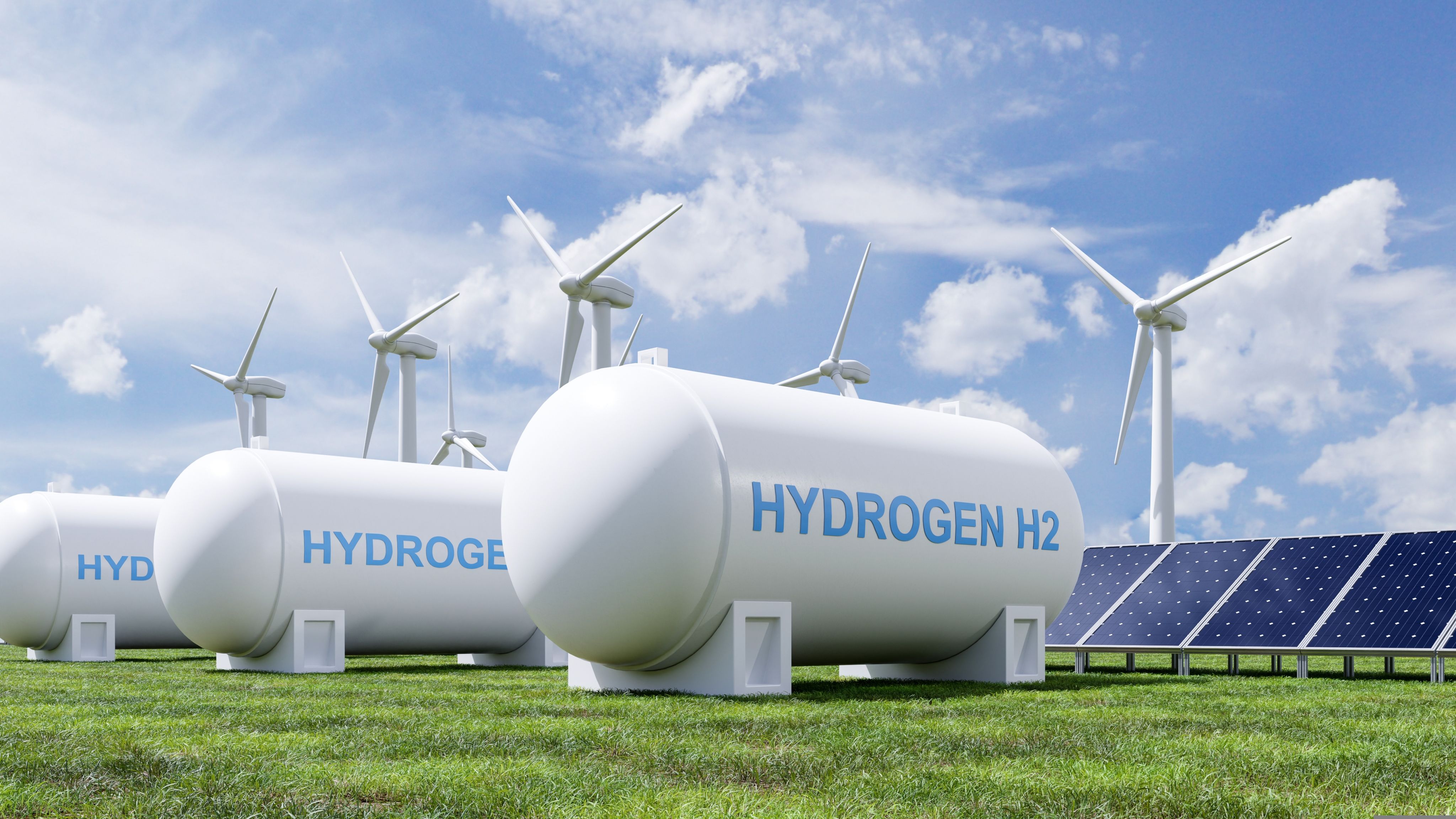Hydrogen:
The time has come

Hydrogen has recently gained traction in government strategies, business plans and the media as a potential silver bullet for reaching net zero. But in reality, hydrogen has been considered as a potential aid to mitigating climate change for over 50 years.
So, why now? What makes the attention given to hydrogen in the 2020s different from the 1970s?
Firstly, political, environmental and economic landscapes have shifted. In the 1970s, there was a lack of policy and regulation to drive the hydrogen market forward. As well as this, the technology to bring low-carbon and renewable hydrogen would have required additional investment and research. All of this meant that there was no concrete economic benefit for decarbonised energy. However, the market has moved forward. Governments have set targets, regulators are establishing conditions for market participants and businesses are under pressure from investors, consumers and stakeholders to commit to net zero emissions.
This shift can be seen across many developments that solidify the prospect of the hydrogen transition across the value chain. On July 15, the European Commission revealed funding for 41 hydrogen projects totalling €5.4 billion. The Indian government is currently holding consultations with stakeholders and is anticipated to launch a comprehensive renewable hydrogen mission that may announce purchase obligations for different industries. On the back of anticipated increased demand, the chemical company Johnson Matthey (JM) has announced a plan to build a manufacturing facility to produce hydrogen fuel cell components.
The hydrogen movement is gaining momentum on a global scale, but where is this heading?




The roadblocks to hydrogen
Hydrogen is rarely found on its own, it needs to be manufactured. The production process usually requires purchasing electricity or natural gas, and the final cost of producing hydrogen can vary substantially depending on the type and environmental impact. In other words, producing hydrogen comes with a price tag.
Alongside this, although hydrogen appears to offer numerous opportunities for future investment, demand for the commodity is not set in stone. It can be used in transport, industry, power and for heating – but governments are yet to finalise the targets for using certain volumes within these different areas.
This means that market sizing is difficult for new entrants to understand.

Conclusion
A strong government commitment to deep decarbonisation, supported by financial investment, regulation and clear hydrogen strategies and targets, has sparked unprecedented momentum in the hydrogen industry. If the initial goals set out by policymakers and legislators are to be fulfilled, momentum must now be maintained, and a long-term regulatory framework must be established.

Author:

Ropa Mugadza is a content writer at ICIS, working across energy, chemicals and sustainability to tell the story of market movements.
She has previously worked as a writer and content strategist in the fields of green infrastructure, sustainable development, and environmental technology.






